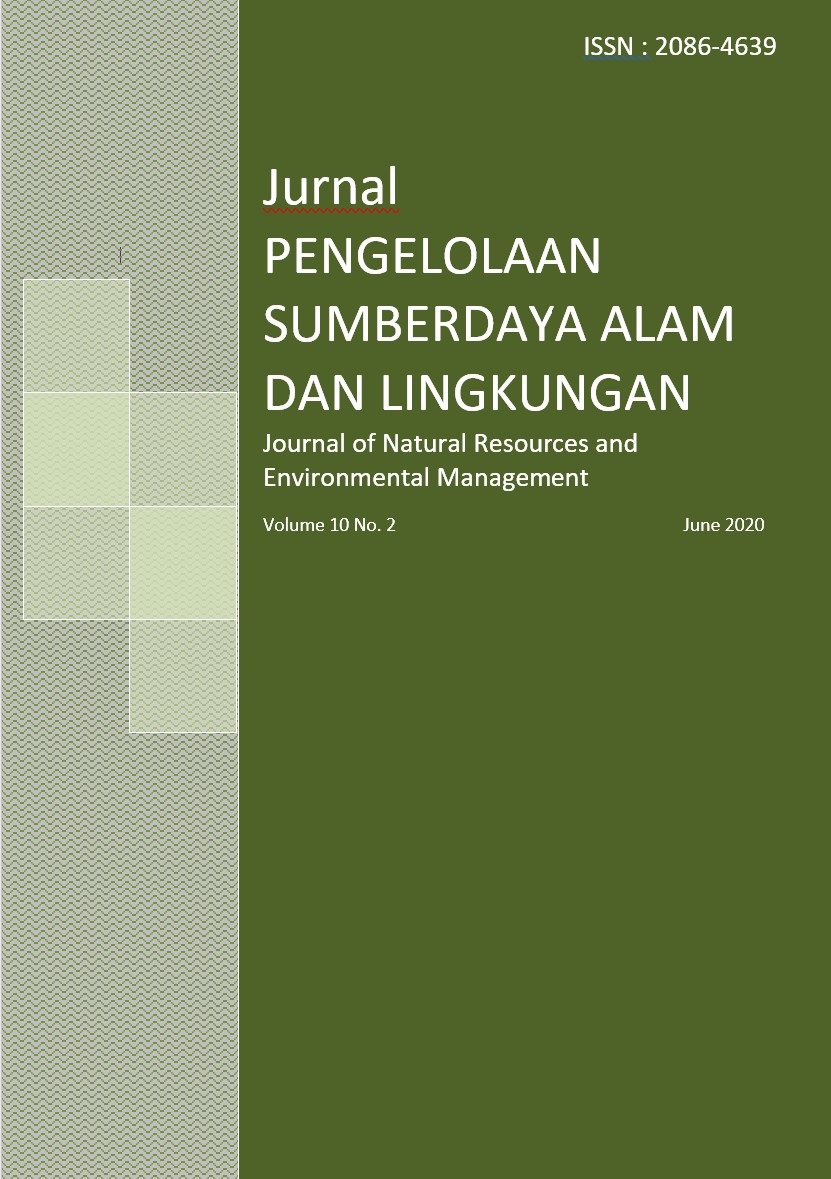Perubahan penggunaan/ tutupan lahan dan prediksi perubahan penggunaan/ tutupan lahan di Kabupaten Lampung Selatan
Abstract
Land cover/land use is one of factors which is important in land management. The changes of land cover can affect on the polcy in an area. Land cover/land use of South Lampung Regency is potentially changes. Economy, social, and population are factors that affect the change in land cover. The aim of this research were to analyze spatial change of land cover/land use in South Lampung Regency period 2007-2019 and predicting future land cover/landuse of 2031. Analysis was carried out applying Cellular automata markov chain of land cover spatial model. The result showed that Kappa for image classification was 0.86. Dominant land cover type in South Lampung Regency was plantation field of 35.47 – 36.18%. Model validation of 2031 predicted land cover was 0.946, while The types of land cover that increase in 2031 were built up area and paddy field of 96.8% and 86.5%, respectively, while paddy fields, forest, moor, body of water, plantation, shurb were decreasing approximately 16.2, 14.9, 13, 7.7, 4.1 and 1.0%. Paddy field that had the most area of decline as prediction results of 16.2%.
Authors
Authors who publish with this journal agree to the following terms:
- Authors retain copyright and grant the journal right of first publication with the work simultaneously licensed under a Creative Commons Attribution License that allows others to share the work with an acknowledgement of the work's authorship and initial publication in this journal.
- Authors are able to enter into separate, additional contractual arrangements for the non-exclusive distribution of the journal's published version of the work (e.g., post it to an institutional repository or publish it in a book), with an acknowledgement of its initial publication in this journal.
- Authors are permitted and encouraged to post their work online (e.g., in institutional repositories or on their website) prior to and during the submission process, as it can lead to productive exchanges, as well as earlier and greater citation of published work (See The Effect of Open Access).






